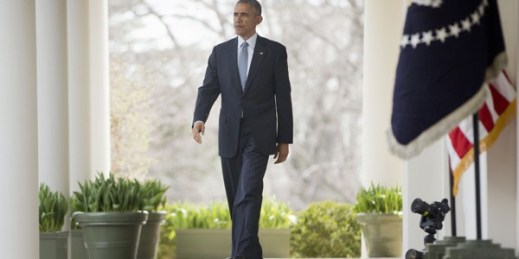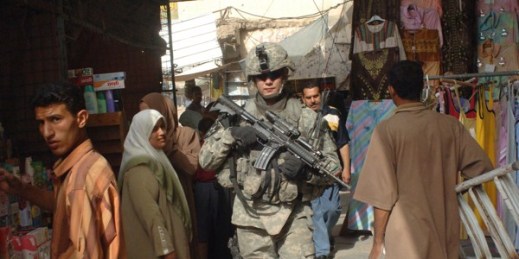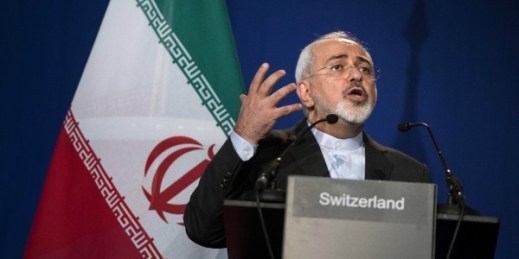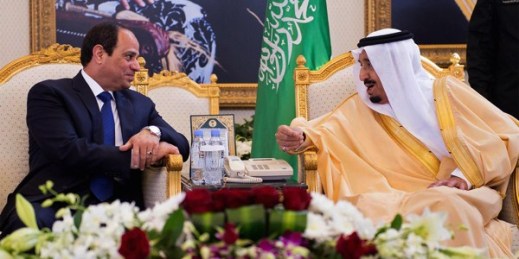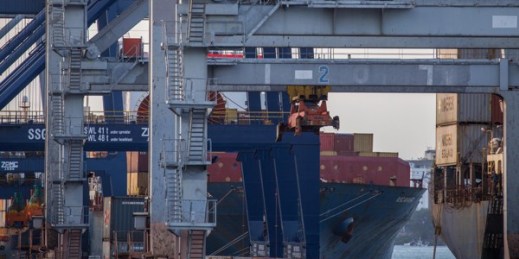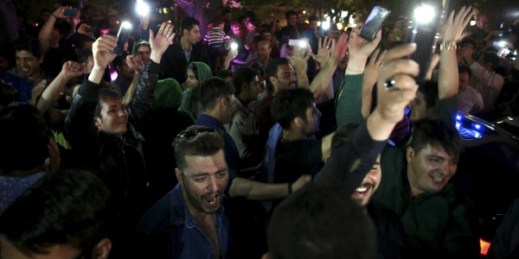
The framework agreement announced last week by Iran and the P5+1 states—the United States, Britain, France, Russia, China and Germany—on how to regulate Tehran’s nuclear enrichment program faces many obstacles before it can be finalized as a formal accord by the self-imposed June 30 deadline. To survive the onslaught of spoilers on all sides, however, the permanent deal will need to be sound not only on the technical level, in terms of the verifiable limits it places on Iran’s nuclear enrichment capability, but also on the political level. Nevertheless, the successful outcome of the talks in Lausanne, Switzerland has revived […]

